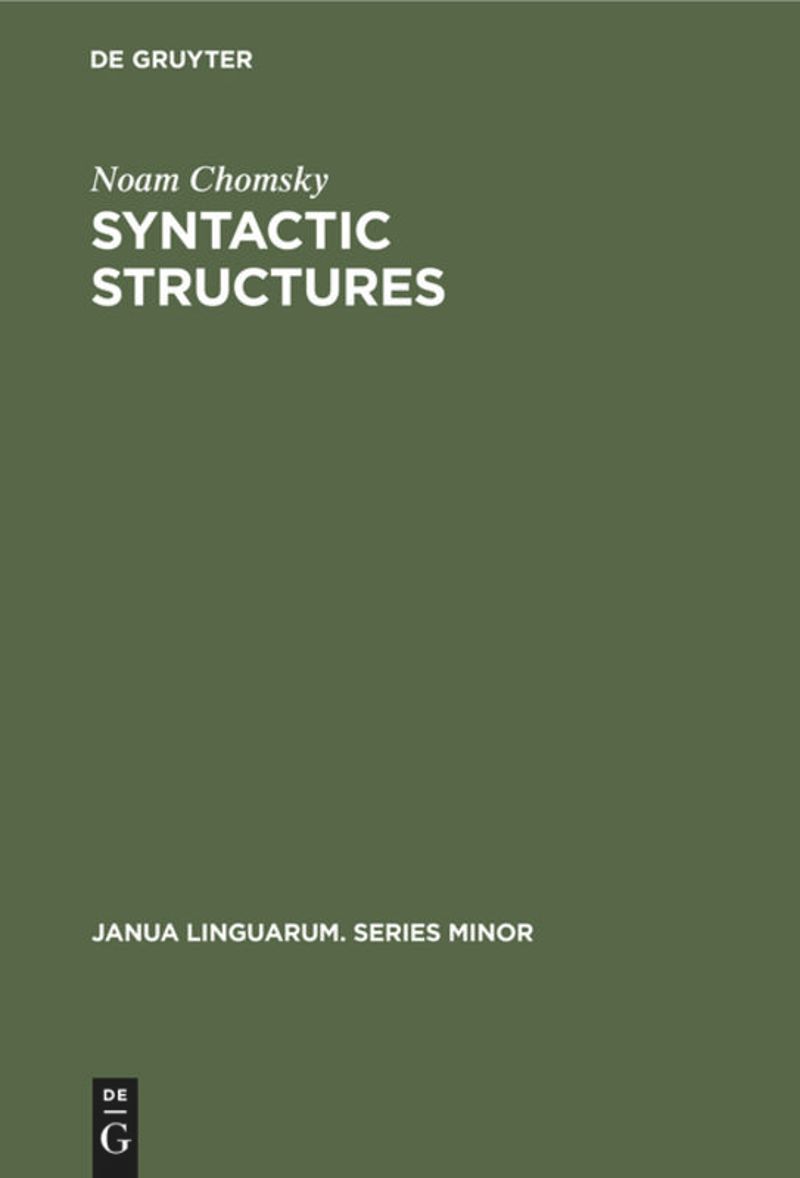Appreciating the Transformational Grammar
Hello! I am an English major who is interested in pedagogical grammar and second language acquisition. I started this well-known book in the field of linguistics hoping to enrich my syntactic knowledge so that I could possibly become a better English teacher in the future. Having a robust linguistic foundation is a prerequisite for serving as an adequate teacher of any language. That said, this 120-page book did quite the opposite to my expectations, but in the best way possible.
Rather than stating explicitly the syntactic rules and following them with a myriad of examples, Syntactic Structures is an innovative work by Prof. Noam Chomsky. It seeks to present counterevidence against existing theories and frameworks at the time. Also, it aims to establish a rigorously formulated linguistic theory called transformational grammar. While some parts of the book which delve into methodological considerations might feel arcane upon the first reading, the rewards are in direct proportion to how closely you read this classic text.
What particularly captured my interest when I was reading the book are silent elements, which are represented by null symbols. I have to admit that before reading this book, I only devoted my attention to visible constituents when I was conducting syntactic analysis. So, I found it groundbreaking when I first came across the notion of silent elements because it improves the overall elegance of the theory. I was also excited to find myself revisiting the concept after the programme when I run into a hypothesis that main clauses are complementiser phrases with a silent complementiser head. Perhaps what is even more spellbinding is that silent elements remind me of the hypothetical dark matter, which is invisible but constitutes as much as 95% of our universe. So, this apparently connects linguistics and astronomy as different scientific disciplines.
The book embodies a cognitive skill especially important in the age of AI – critical thinking. Since primary school or even kindergarten, we have been imparted a considerable amount of knowledge in terms of breadth and we have been told to memorise concepts for assessments as if they were parts of the truth. Otherwise, we would be considered inadequate no matter how well-justified our answers are. Chomsky did the exact opposite by challenging previous models, or the so-called “truth”, of linguistic analysis with logical argumentation. Examples include the Markov process and phrase structure descriptions. This does not necessarily mean that we should never recognise the value of existing knowledge, but we especially teachers should assume the social responsibility to possess critical thinking. Such a skill is not only essential for knowledge creation but also relevant when large language models are wreaking havoc and generating misinformation.
In short, Syntactic Structures provides me with a golden opportunity to appreciate the beauty of syntax and the origin of transformational grammar. It reminds us that there are more regularities waiting to be discovered. As a prospective teacher, I am glad getting to understand some underlying mechanisms of perhaps the most prominent syntactic theory in the past decades and to reconsider what language really is.
.png)

.jpg)